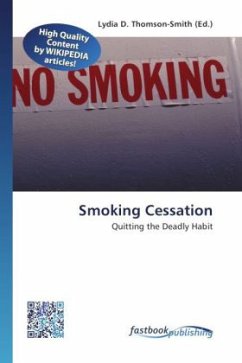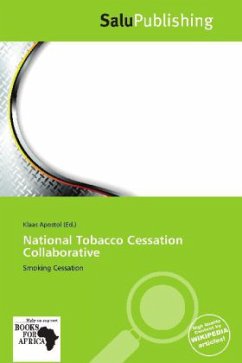
Classification of Smoking Cessation Status
Applying Machine Learning Methods to Health Survey Data
Versandkostenfrei!
Versandfertig in 6-10 Tagen
39,99 €
inkl. MwSt.

PAYBACK Punkte
20 °P sammeln!
This study examined the ability of a backpropagation neural network classifier to distinguish between current and former smokers in the 2000 National Health Interview Survey sample adult file. A multilayer artificial neural network was contructed to predict class membership, current or former smoker, using the attribute subset. Classifier performance exceeded that of random chance. However, separation of current and former smokers was imperfect. Additionally, performance did not exceed that of a comparison classifier created using logistic regression. Imprecise, but high quality health survey ...
This study examined the ability of a backpropagation neural network classifier to distinguish between current and former smokers in the 2000 National Health Interview Survey sample adult file. A multilayer artificial neural network was contructed to predict class membership, current or former smoker, using the attribute subset. Classifier performance exceeded that of random chance. However, separation of current and former smokers was imperfect. Additionally, performance did not exceed that of a comparison classifier created using logistic regression. Imprecise, but high quality health survey data provided sufficient information for prediction of smoking cessation status. Membership of specific survey items in the attribute subset was largely supported by the literature. However, the inability to interpret relationships among attribute values in the BPNN model hampers comparison with published literature. The study establishes the ability of a machine learning method, backpropagation neural networks, to classify a health-related behavior, smoking cessation.












